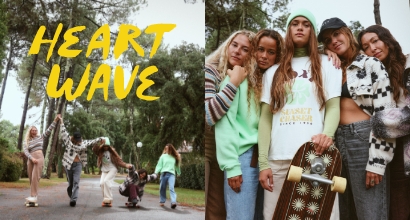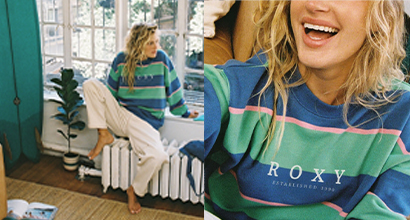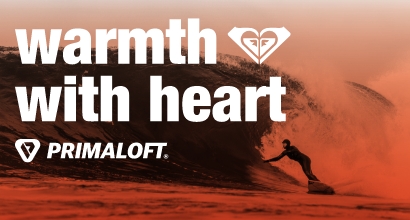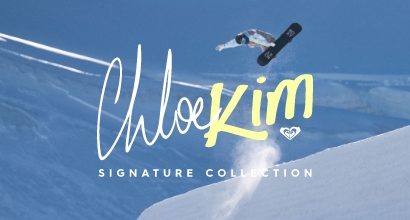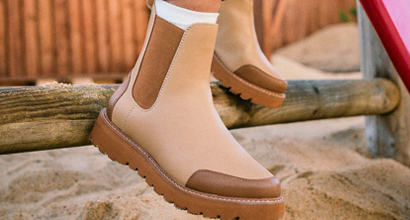-
Login / Register
ROXY GIRL CLUB
Free shipping & returns for members
Rash Vests, Everything You Need To Know
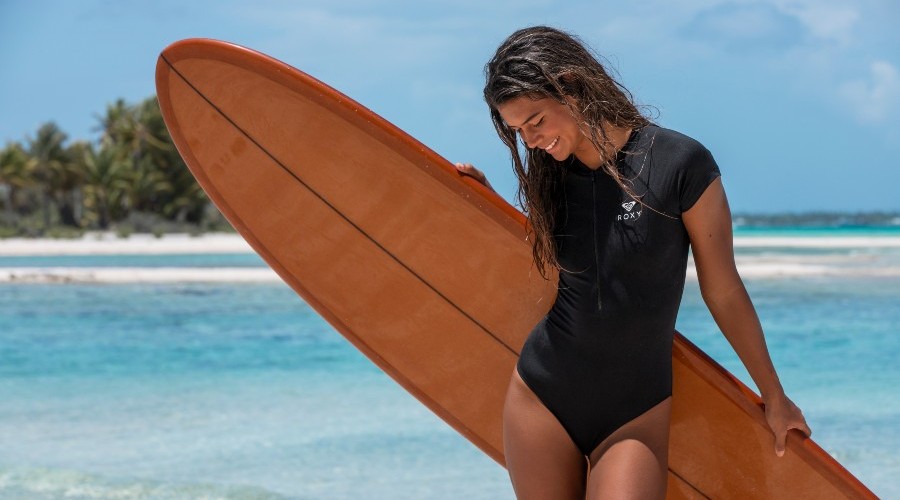
As the name suggests, rashguards are designed to protect your skin while surfing, but there’s a lot more to this versatile surfwear garment than that – let’s take a closer look at the what’s, where’s, how’s and why’s, starting with – what is a rashguard?
Rash Vests: What Are They and What Are They Used For?
A rash guard, also known as rash vest or rashie, is a tight-to-snug fitting top made with a spandex/lycra and nylon or polyester blend. The name ‘rash guard’ describes how this kind of tops protect the wearer against skin rashes caused by abrasion, either when worn under a wetsuit, or by wax and sand on the deck of a surfboard while paddling.
When To Wear A Rash Vest?
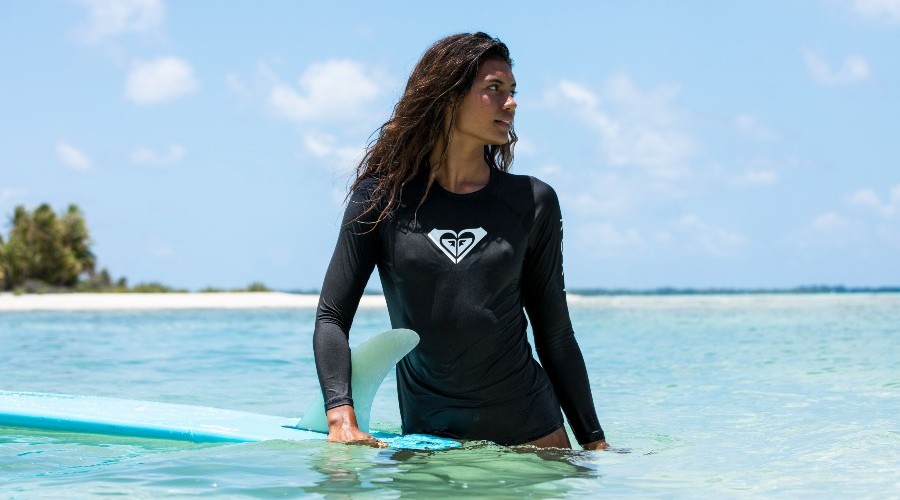
Although they are mostly associated with surfing, the fact is rashguards are worn for a wide range of activities, from mixed martial arts athletes (MMA) to casual beach users needing a lightweight sun protection layer for in and out of the water. Today, surfers mostly wear rashguards as a standalone layer, usually in conjunction with a swimsuit/bikini top, when the weather is too warm for a wetsuit. This is both to prevent wax (and sand) from the surfboard’s deck from chafing the chest while paddling and as an extra layer of protection from the elements – especially UV protection. And, although modern wetsuits don’t tend to chafe the skin like they used to, some surfers still like to wear a rashie underneath a wetsuit, either for comfort or for a little extra warmth.
What Are Rashguards Made Of?
Rashies are nearly always made with a blend of elastane (lycra, spandex) and nylon or polyester, providing a figure-hugging fit that’s very stretchy, allowing for maximum freedom of movement. This fabric type is also fast drying, durable and moisture-wicking, making it ideal for wear in and out of the water, and in high temperatures. Thickness can vary, depending on whether the rashguard is destined to be worn as a protecting layer in tropical water, or as an insulating layer in cooler conditions. Rashguards take a lot of abuse during their lifetime: saltwater, UV rays and getting pulled on and off frequently mean that rashguards made with low-quality materials or construction will not last long. When shopping for a rashguard, check the fabric’s quality with the stretch test - by gently pulling on it then releasing it – it should snap back to its original shape. Also, ensure the fabric’s skin-facing surface is well finished and feels soft to the touch. Next, check the overall construction quality is high, and ensure the seams are joined with flatlock stitching – this type of stitch creates a seam with lots of stretch and that is flat on both sides – this prevents chafing.
Do Rashguards Offer UV Sun Protection?
Yes. Sun protection is one of the key functions of rashguards, and in general, all polyester/lycra blends offer relatively high UV protection. However, the amount of protection can vary greatly from fabric to fabric, so if UV protection is important to you, look out for products with a UPF (Ultraviolet Protection Factor) rating, which represents the ratio of sunburn-causing UV measured without and with the protection of the fabric. For maximum sun protection, look out for rashies with an ‘excellent’ UPF rating of 50+, which blocks about 98% of UV radiation. If a garment does not have a specific rating, look at the fabric’s weave density – thicker, tightly woven fabrics offer greater UV protection than thinner, less dense fabrics.
What To Wear With A Rash Vest
There are basically two ways to wear a rashie: under a wetsuit, or as a standalone top, usually with swimwear underneath, i.e a bikini. Meanwhile, rashguards vary in fit from tight to loose – if you’re planning to wear it underneath a wetsuit, you’ll want a snug fit, if not then just go with what feels most comfortable. The classic style is a snug-fitting, long-sleeved top with a high crew neck, for maximum UV protection and comfort under a wetsuit. However, there is now a wide range of different styles available for female surfers: short sleeve, front and back zipped, one-piece and even hooded versions combine with a huge range of fabrics, colours and prints to ensure that even the most functional item in your surf wardrobe can also be one of the most stylish.
